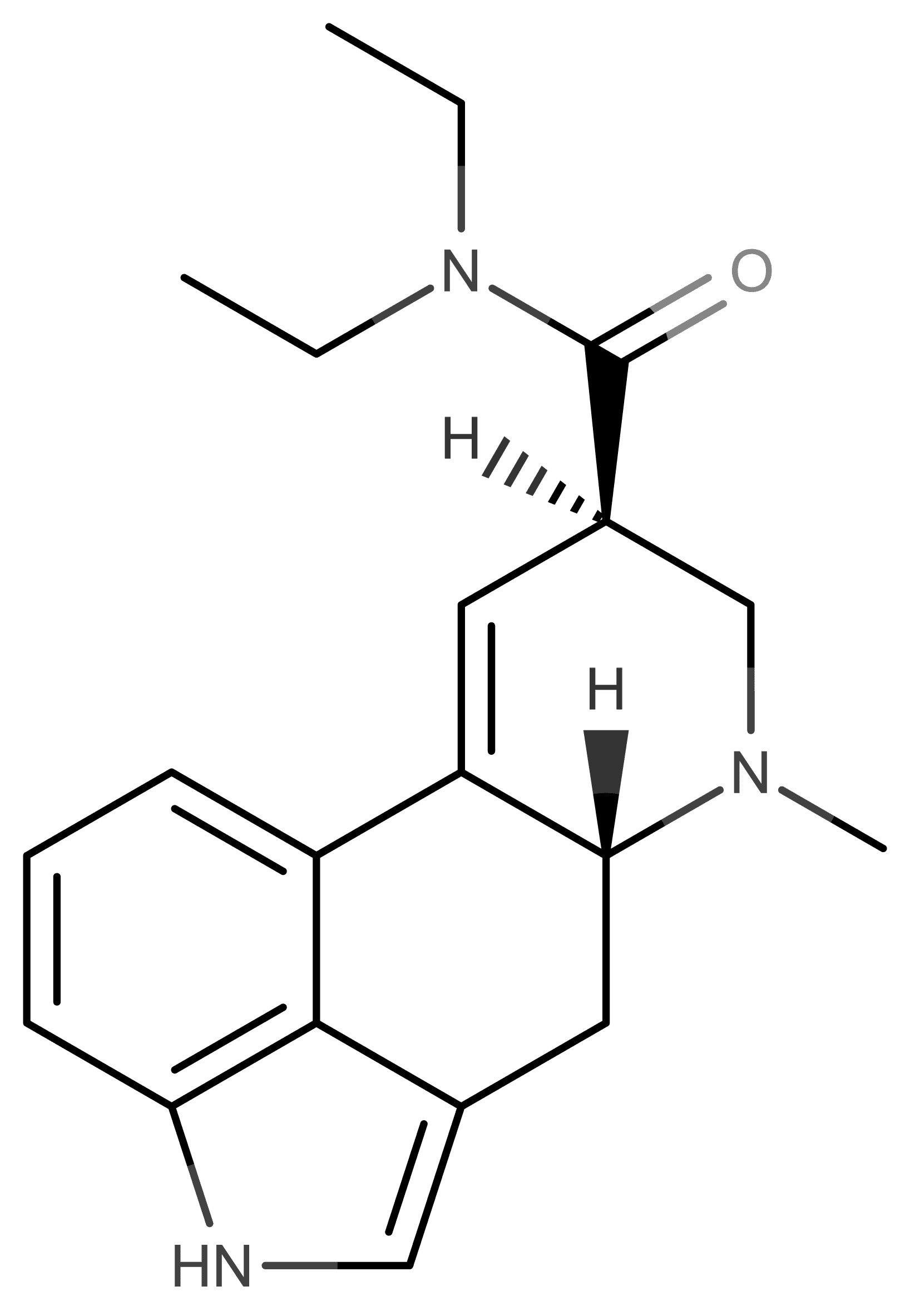Substances
LSD

LSD is a common psychedelic with a relatively long history of use and research, and as such is known to be relatively safe despite its extremely high potency. It causes pseudo-hallucinogenic effects even in very low dosages. It appears as a colourless, odourless and tasteless solution applied to various carriers e.g. to paper known as 'blotter' ('tabs', 'tickets') or is available in the form of tiny tablets (microdots). It is absorbed through the mucous membranes (sublingual).
Harm potential
non-addictive with a low potential for abuse
Source: PsychonautWiki
Dosage
This dosage information is gathered from users and resources for educational purposes only. It is not a recommendation and should be verified with other sources for accuracy.
sublingual
light: 25-75ug
common: 75-150ug
strong: 150-300ug
Source: PsychonautWiki
View dosage charts in the KnowDrugs app
Effects
- First effects include: restlessness, sounds, colours, and an alteration of sensory perception (e.g. sounds are felt and colours are tasted). Objects leave traces behind them, there are distortions in perception. Depending on the dose, powerful hallucinations may occur. Also possible are often a basic mood of euphoria, an altered sense of time (everything seems to have slowed down) 'you stand beside yourself', you see what you are doing, but cannot really intervene. High state of alertness. Everything is experienced consciously and every detail is remembered after the trip. In many users LSD has the effect of extending consciousness, and those under the influence of LSD believe that they can see through everything. Many hallucinogens have a 'soul-stripping' effect and may bring suppressed (negative) experiences back to the surface of consciousness, which may lead to 'horror trips'. After about 6 - 12 hours, the effect wears off, and feelings of uneasiness may set in. The nature of the trip very much depends on the set (inner state) and setting (surroundings).
- The following may occur: uncontrollable fear, limited reactions, outbreaks of perspiration, disturbed balance and disorientation. Other physical reactions to LSD may include a rise in blood pressure, dilated pupils, dizziness, nausea (when the drug starts to take effect), a feeling of coldness, faster breathing and a rise in body temperature. LSD may also give the impression of being able to fly - great risk of accident! When in a state of extreme confusion or during a horror trip, there is a risk of injuring oneself. After the effects have worn off, depression and exhaustion may follow.
- Development of tolerance i.e. the dose has to be increased in order to repeat the effect or the same effect can only be achieved after a few days' break in use. 'Flashbacks' may occur: completely unexpected vivid recurrences of the drug's effects even weeks after the last time the drug was taken (disputed). Physical damage as a result of LSD has not yet been researched. The risks of using LSD are clearly in the sphere of the psyche (risk of mental disturbance): there is also the risk, when the drug has been used once, that latent psychological disturbances may be triggered. Apart from this, in individual cases, longer periods of mental disturbance may occur i.e. changes in perception/hallucinations lasting up to 3 weeks after consumption.
Source: Drugscouts
Interactions
View all interactions in the KnowDrugs app
Tolerance
full
almost immediately after ingestion
zero
7 days
Source: PsychonautWiki
Marquis
Olive black
Source: Tripsit.me
Proof time
blood
<12 hours
urine
<3 days
Source: Drugscouts